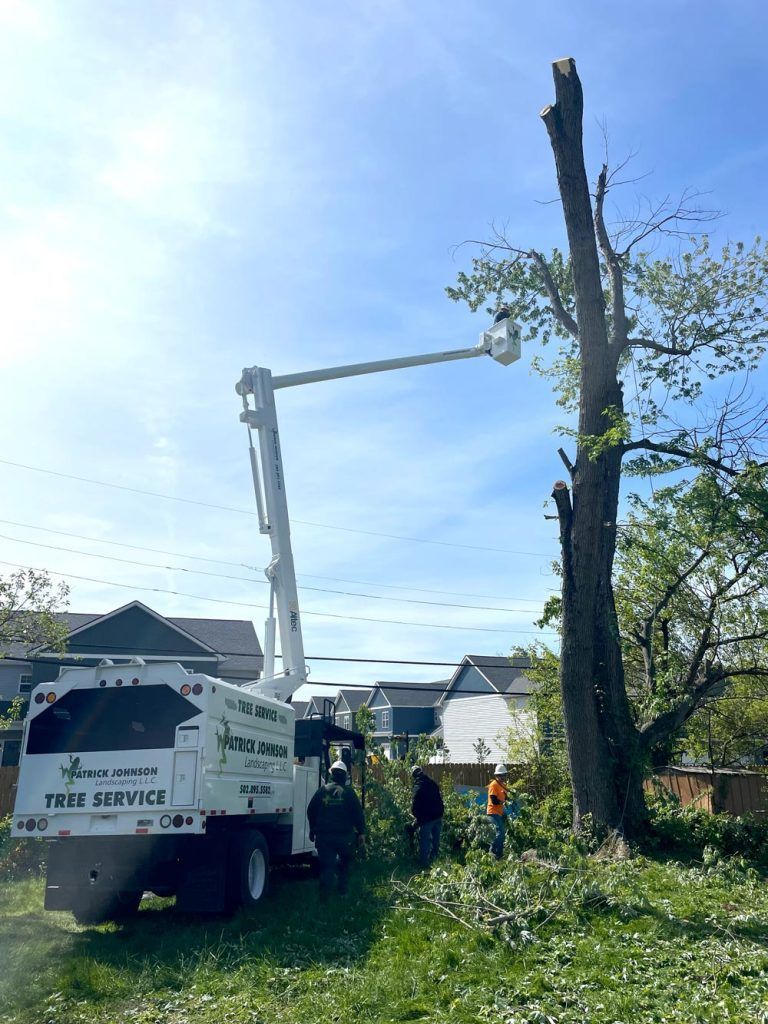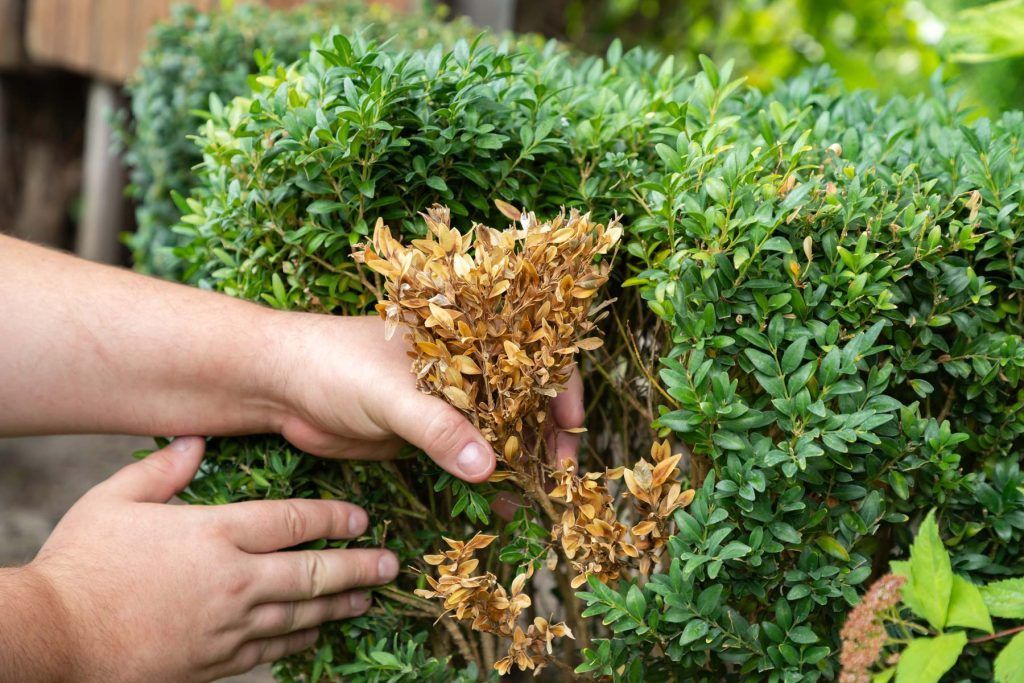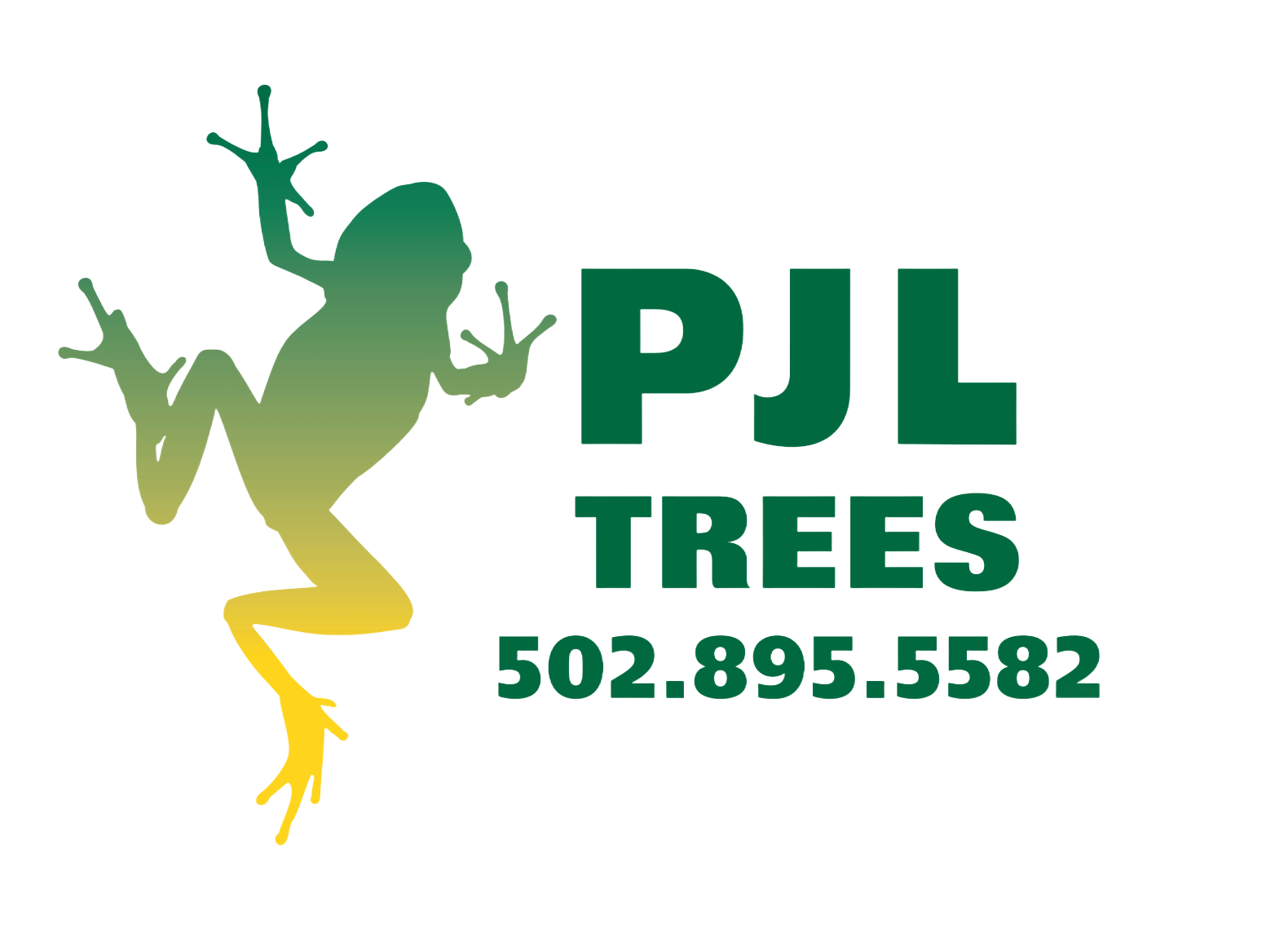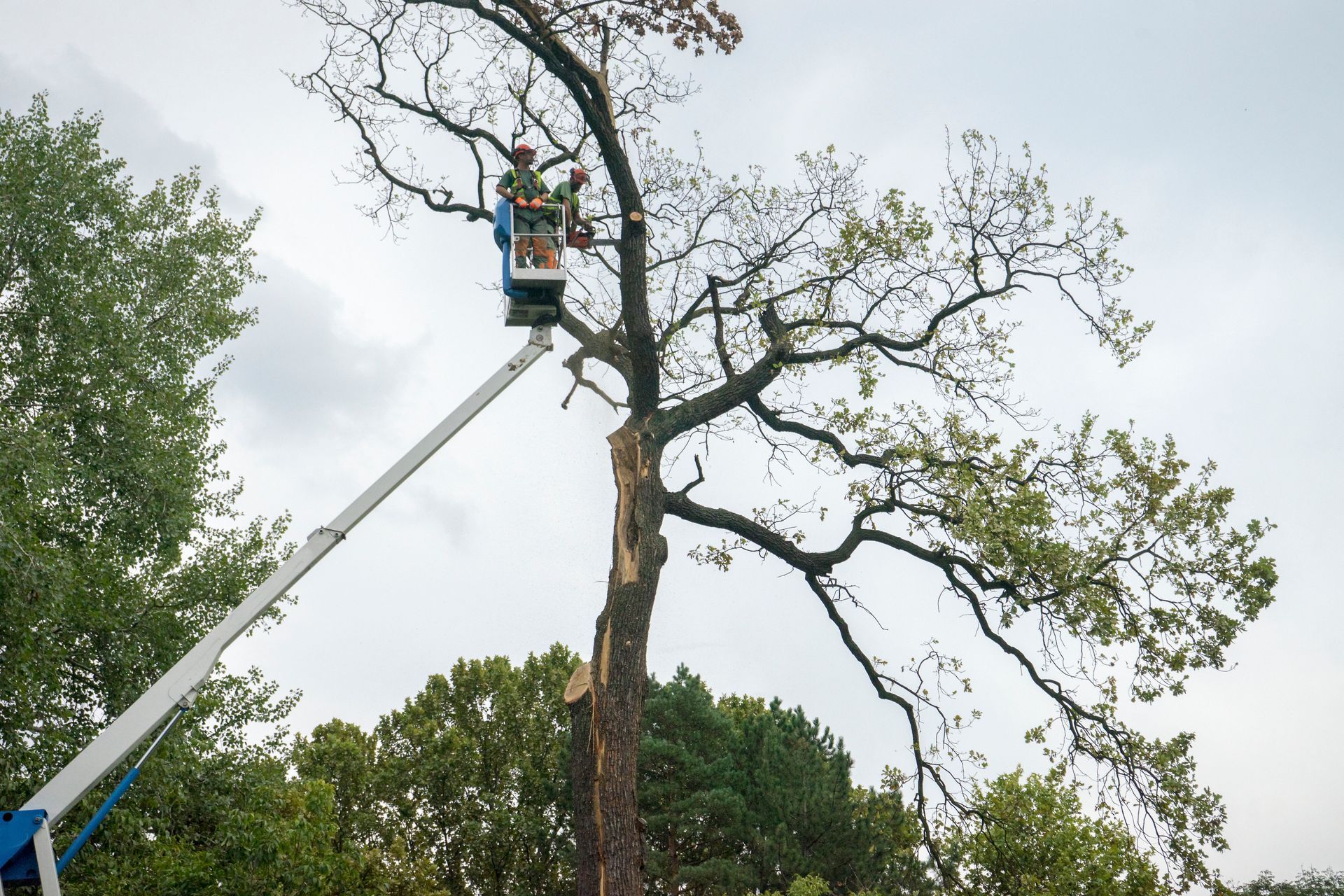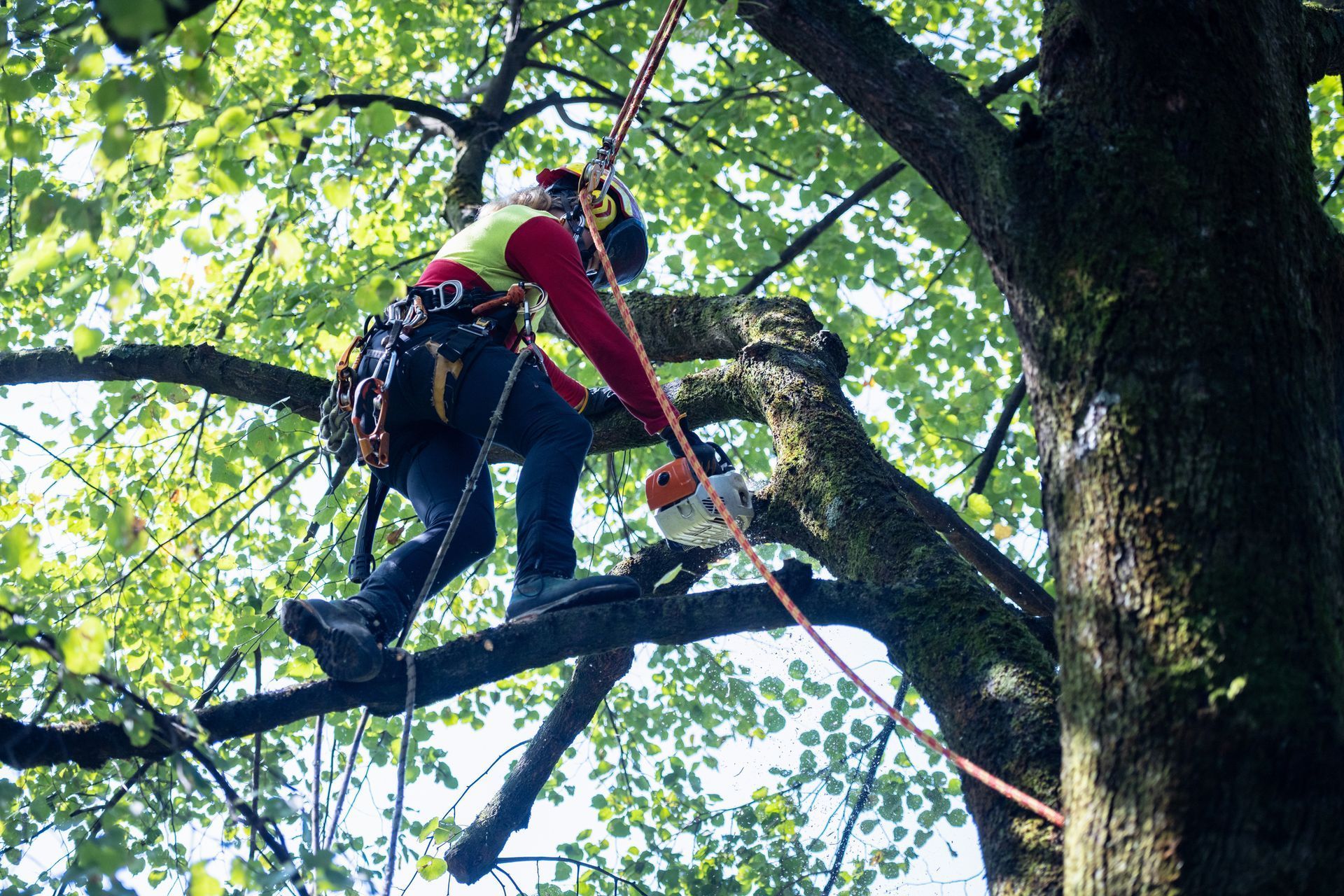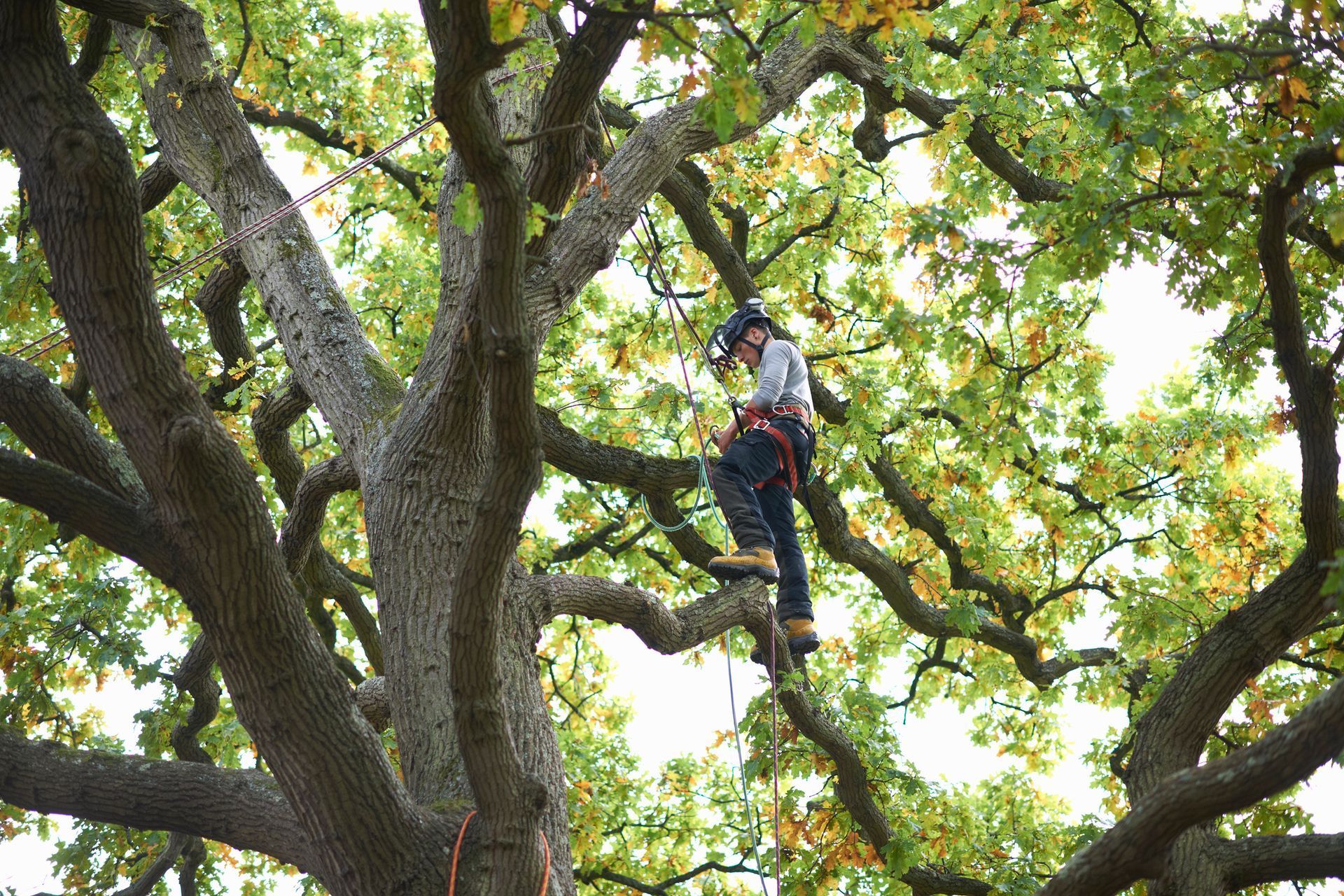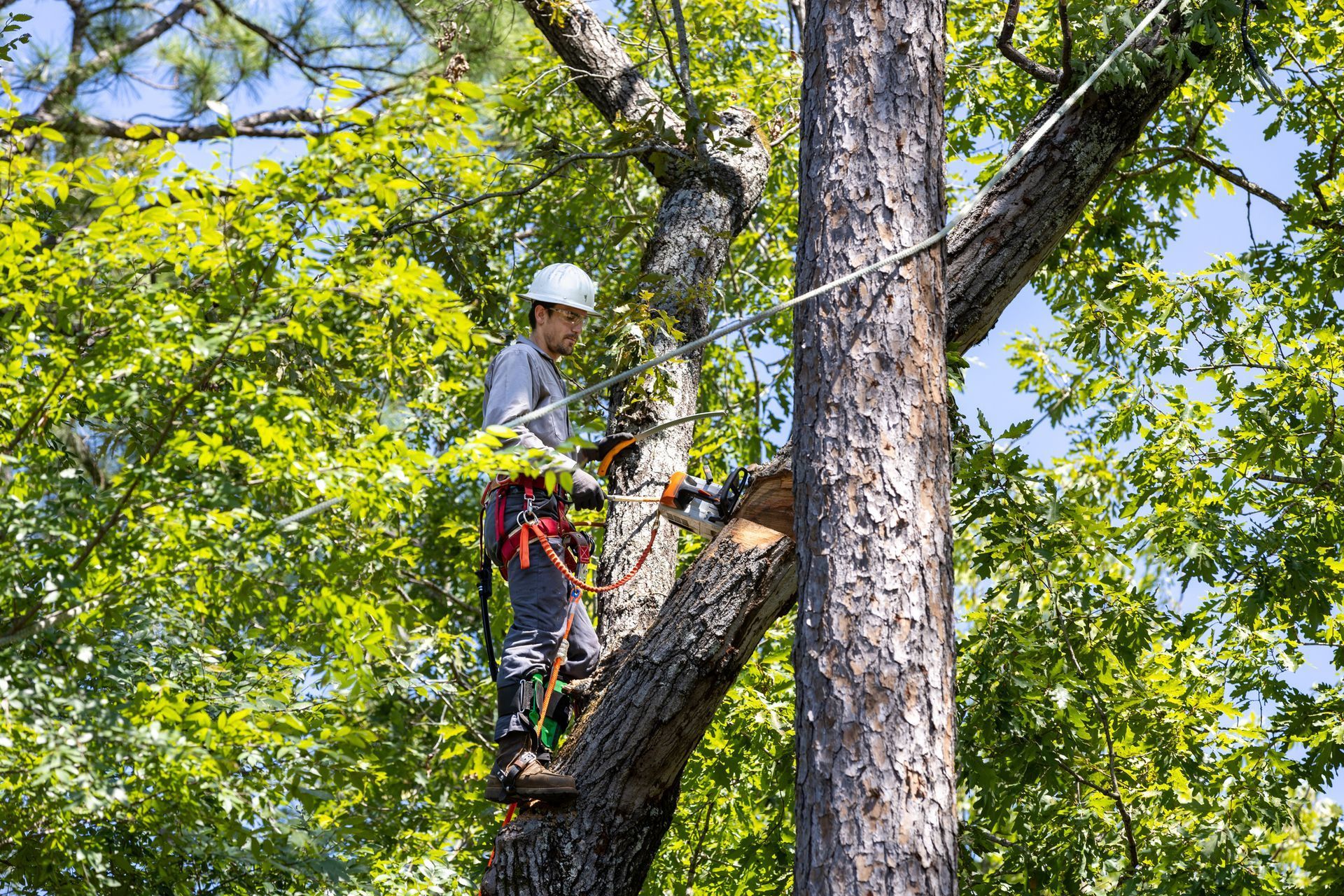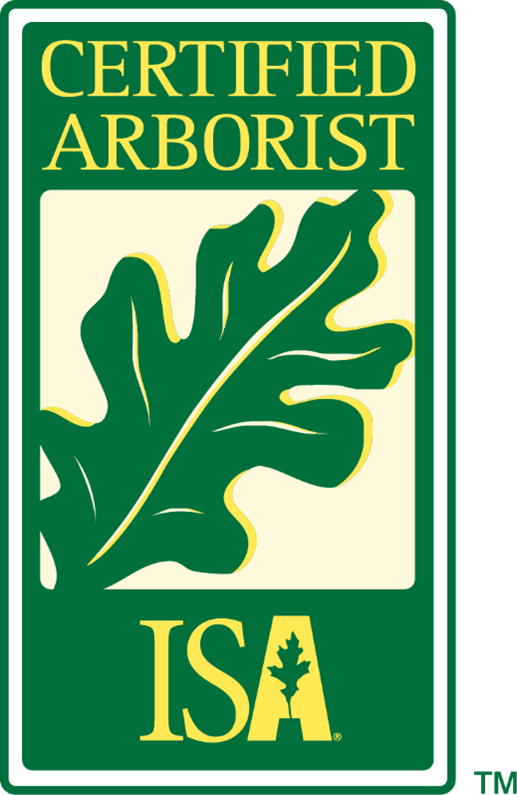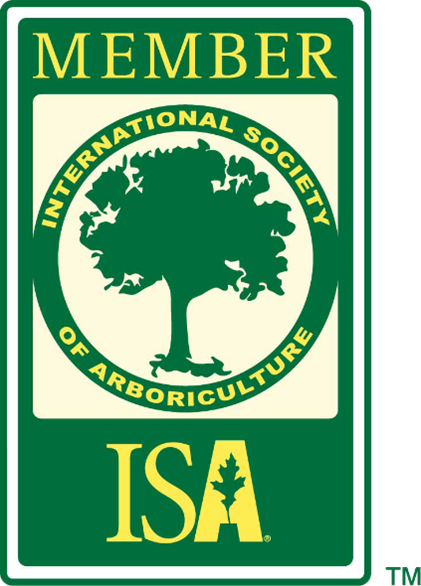Common Plant Pests and How to Treat Them
Your landscape is an investment—and like any investment, it needs regular protection. One of the most common threats to a healthy garden or landscape in Kentucky and Southern Indiana? Pests. From chewing insects to sap-sucking invaders, plant pests can weaken, disfigure, and even kill your plants if not dealt with in time.
Knowing what to look for—and how to treat it—is the first step toward maintaining a vibrant, pest-resistant landscape.
Common Plant Pests
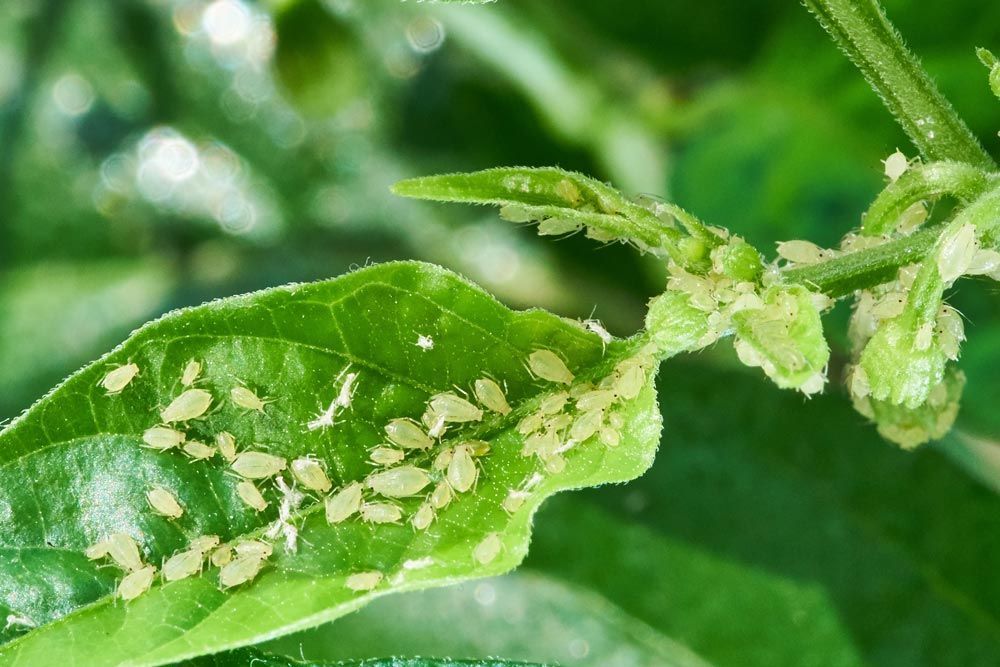
Aphids
These tiny pear-shaped insects cluster on new growth and feed on plant sap. You’ll often find them on the underside of leaves or at the base of flower buds. Aphids can cause curling, yellowing, or distortion of leaves and also excrete sticky honeydew, which can lead to sooty mold.
Treatment:
- Blast aphids off with a strong stream of water.
- Introduce natural predators like ladybugs and lacewings.
- Use insecticidal soap or neem oil for persistent infestations.
The University of Kentucky Entomology Department notes that aphids are one of the most common pests found in home landscapes and can be effectively managed with timely intervention.

Japanese Beetles
Common in Kentucky, Japanese beetles feed on the leaves, flowers, and fruit of more than 300 plant species. They skeletonize leaves, leaving only the veins behind.
Treatment:
- Consider pheromone traps, but place them far from desirable plants to avoid attracting more beetles to your garden.
- Handpick beetles in the early morning and drop them into soapy water.
- Apply neem oil to plants during beetle season (typically June–August).

Spider Mites
Spider mites are tiny and hard to see, but the damage they leave behind is clear: stippling on leaves, fine webbing, and eventual leaf drop. They thrive in dry, dusty conditions.
Treatment:
- Rinse affected plants with water regularly to keep humidity up.
- Use insecticidal soap or miticide specifically designed for spider mites.
- Keep garden beds mulched to reduce dust and maintain moisture levels.

Scale Insects
These pests attach themselves to stems or leaves and suck sap from your plants. They appear as small, dome-shaped bumps that don’t move—and can go unnoticed until a plant shows signs of stress.
Treatment:
- Prune and dispose of heavily infested branches.
- Apply horticultural oil during the dormant season to smother overwintering scales.
- For severe infestations, systemic insecticides may be necessary.
BARAKAT2011, CC BY-SA 3.0 https://creativecommons.org/licenses/by-sa/3.0 , via Wikimedia Commons

Slugs and Snails
While not insects, slugs and snails can be just as destructive—especially in moist, shaded areas. They chew irregular holes in leaves and leave a shiny slime trail in their wake.
Treatment:
- Remove hiding spots like boards or garden debris.
- Handpick during the evening or early morning.
- Use iron phosphate slug baits, which are safe for pets and wildlife.
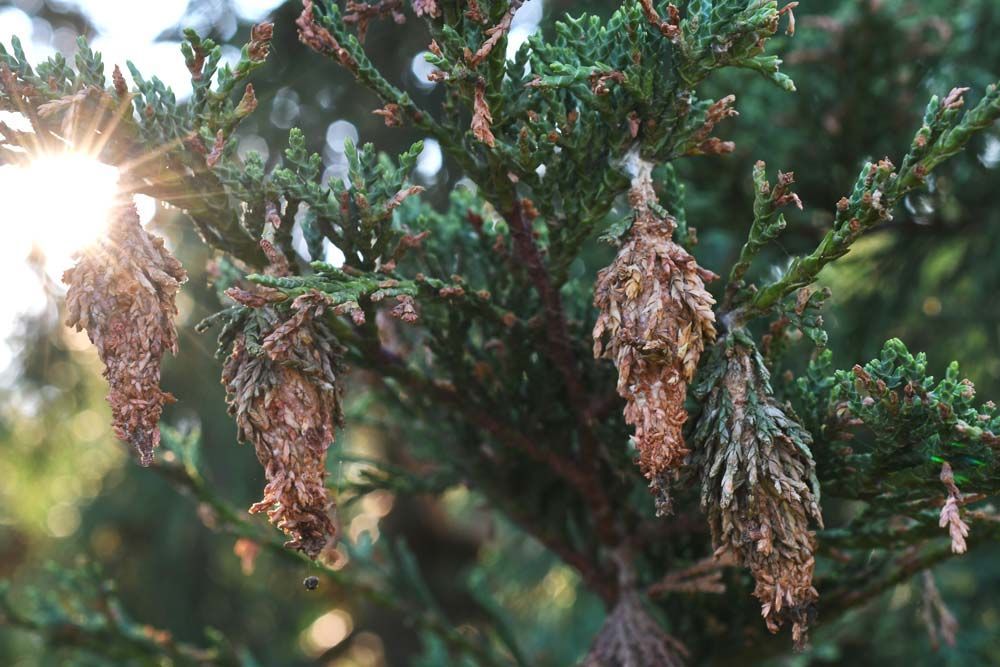
Bagworms
These pests are common on evergreens like arborvitae and junipers, creating distinctive spindle-shaped bags. Bagworms feed on foliage and can defoliate entire branches.
Treatment:
- Remove and destroy visible bags by hand before they hatch in spring.
- Apply Bacillus thuringiensis (Bt) when larvae are small.
- For larger infestations, professional treatment may be needed.
Preventing Future Infestations From Pant Pests
Pest management isn’t just about reacting—it’s also about prevention. Here are a few simple habits that can keep your plants pest-free:
- Inspect plants regularly for early signs of trouble.
- Clean garden tools between uses to avoid spreading pests and diseases.
- Keep your landscape healthy with proper watering, fertilizing, and pruning.
- Encourage biodiversity by planting a variety of species that attract natural predators.
The Missouri Botanical Garden also offers helpful pest identification resources to aid homeowners in early detection and response.
Not Sure What You’re Dealing With?
Sometimes, identifying the pest is half the battle. If you’re unsure what’s attacking your plants—or if treatments aren’t working—our team can help. Contact Patrick Johnson Landscaping to schedule a consultation with one of our tree and plant care professionals. Whether you’re battling bugs or just want to give your landscape a healthy head start this spring, we’re here to help.
